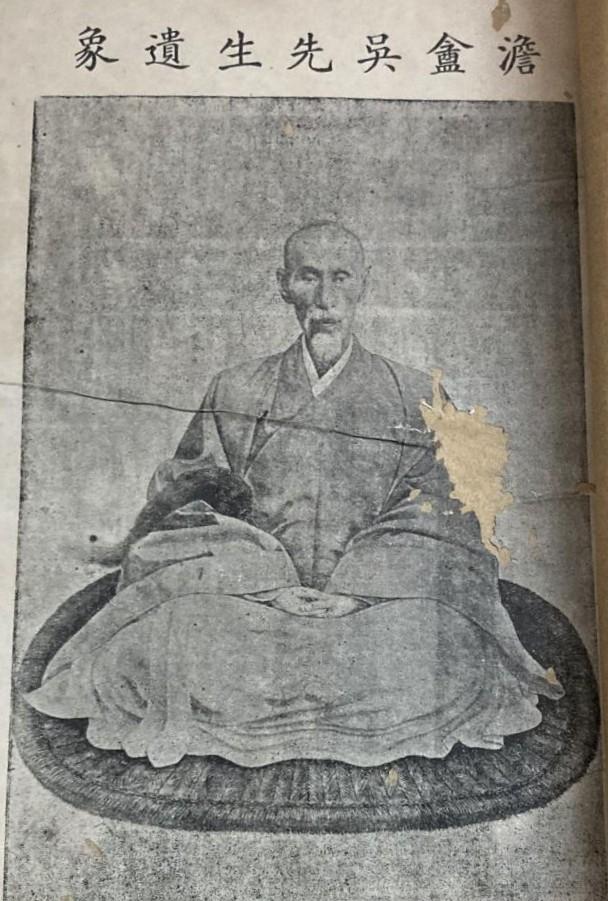A few years ago, it was not easy to find relevant information about Wu Daorong on the Internet. Recently, there are many more of his works and materials on the Internet.

But one thing I don't understand, there are always people who make a mistake about the name of the Sui stele that is said to be his take.
When this Sui stele online introduced him, he usually wrote "Epitaph of Lady Xiao Rao".
He also wrote "Xiao Yu Sex Epitaph", "Zhang Fujun's Wife Xiao's Epitaph", and "Chaosan Doctor Zhang Ying's Wife Xiao's Epitaph". Not really. When I found the original stele, it was clearly written on it: "Sui Dynasty Emperor Zhang Fujun's Wife Xiao Clan Epitaph and Preface".
"Xiao Yu Sex", accurately called "Xiao Yu Sex".
"饬" and "餝" are two different words, there is no tongfa or variant word, the pronunciation is different, the meaning is different.
Some commentators say that Wu Daorong's calligraphy is taken from the Sui stele "Sui Dynasty Scattered Master Zhang Fujun's Wife Xiao Clan Epitaph and Preface", and the knotted characters are square and close to flat, and there is a clean and elegant atmosphere, which is not unreasonable.
Recently, some calligraphers have seen the poem "Nine Judges of the Gift field" by Du Shaoling, a calligraphy work of Wu Daorong, which I showed, and said that Wu Daorong's characters are very neat. There's nothing wrong with that. In the 1930s, Wu Daorong was a calligraphy star in Guangzhou and even Guangdong, and his inscriptions were found in many places. Hu Rongjin, an indigenous man of Guangzhou